Graphic DNA: towards a taxonomy of environmental lettering
Dr Geraldine Marshall (awarded 2020)
Supervisors; Dr Caroline Archer-Parré, Dr Sian Vaughan
External Examiner: Dr Robert Harland
Environmental lettering has long been a source of interest for designers and design historians and is now the subject of serious academic concern. However, environmental lettering is difficult to organise and problematic to define because it comprises many aspects, both tangible and intangible, and is ever-changing either because of physical or natural intervention. Equally, there are no agreed strategies for capturing, analysing and comparing the material; no common terms or language for talking about the subject; and no widely accepted methods for collecting and storing examples.
In Lettering on Buildings (1960) the typographic historian Nicolette Gray (1911-97) noted that we need to find a more comprehensive theory of environmental lettering. Traditionally lettering on buildings have been assessed using established, traditional rules which, unhelpfully, applied typographical criteria and had the effect of ‘reducing lettering to the element of legibility’ (Gray, 1960, p. 59). She argued that an alternative approach to lettering on buildings was required: one which also takes account of their function, purpose, modes of manufacture and the effect of the wider environment in which they appear. Lettering on buildings should, as Gray suggests, be ‘regarded it in relation to architecture from the beginning; this also leads us to a truer idea of the whole art of lettering’ (Gray, 1960, p. 59) .
This thesis, therefore, takes Gray’s words as its starting point and suggests a new approach to the study of environmental lettering that not only considers the aesthetic elements of the letterforms, but also their function and the environment in which they sit.
Using lettering found in three areas of Birmingham (UK) as a case study, this thesis presents a new and systematic tool for recording, classifying and analysing environmental letterforms: The Marshall Taxonomy of Environmental Lettering (MTEL). This is the first taxonomy of its kind which enables a wholly objective approach to studying, describing and analysing environmental lettering, and which will enable an informed discussion based on the objective interpretation lettering rather than simply their aesthetics. The MTEL not only helps to advance studies of environmental lettering but, in turn, establishes a more flexible and robust approach to the subject.




